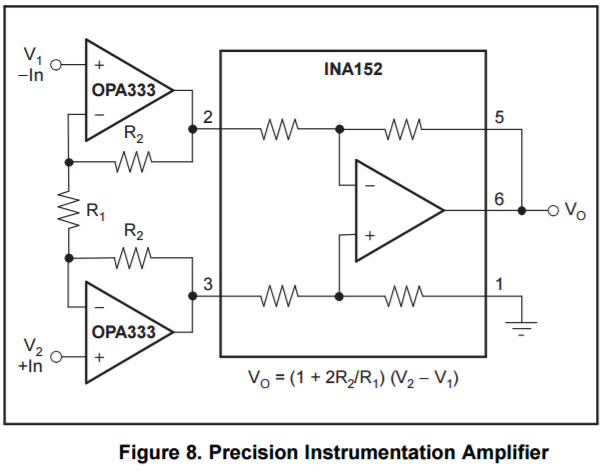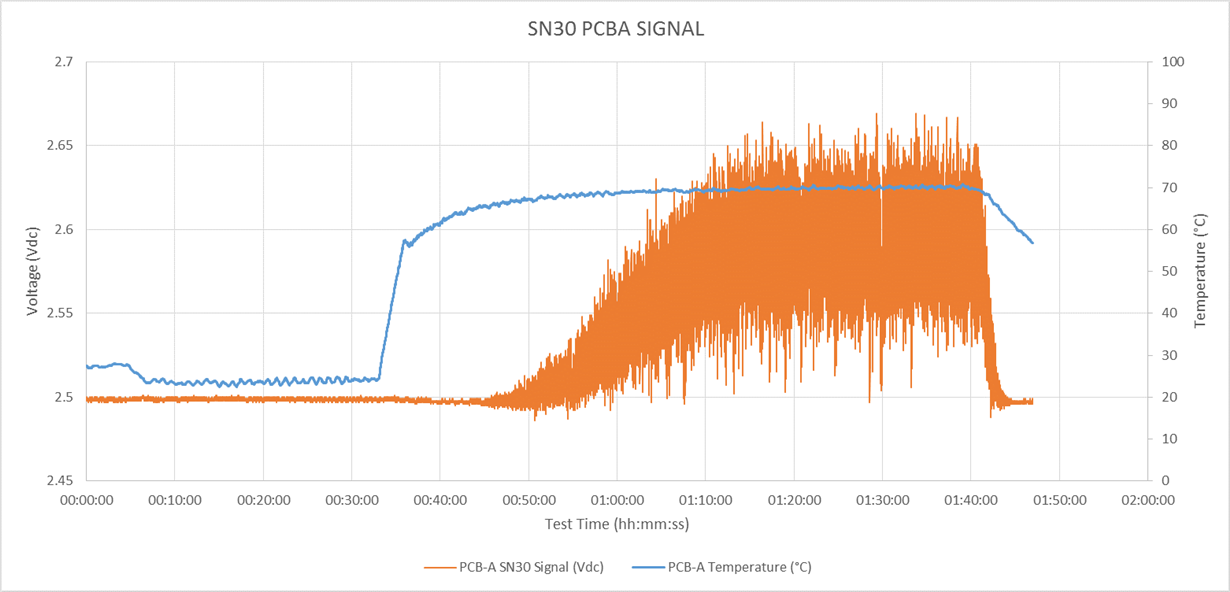Other Parts Discussed in Thread: , INA152
Hi All
Need some help with a circuit. Attached file shows schematic. temp profile and output. What we are seeing is at around time 4hrs and when the temp is elevated to 120F the output rises. The circuit has the bridge mounted external to the temp chamber, only the amp and xtr are in the chamber. Expectation is that the output should stay at 4mA for the entire test. This product has been shipping for quite some time now (8 yrs). From the test you can see they have 16 boards failing here. they are doing another test with 14 more boards.
Customer tried replacing opa2333 one board and issue went away. Plan is to change the opa2333 on five more failed boards and verify if it tracks the op amp. If it does, next step is to re-mount 3 of the failed devices, retest, to see if it was a manufactureing issue or a part issue. If a part issue we will need a FMA.
Any other thoughts on this problem or suggestions on where to look or tests to try?
Thanks
Jeff Colettiopa2333xtr106ckt.pptx



